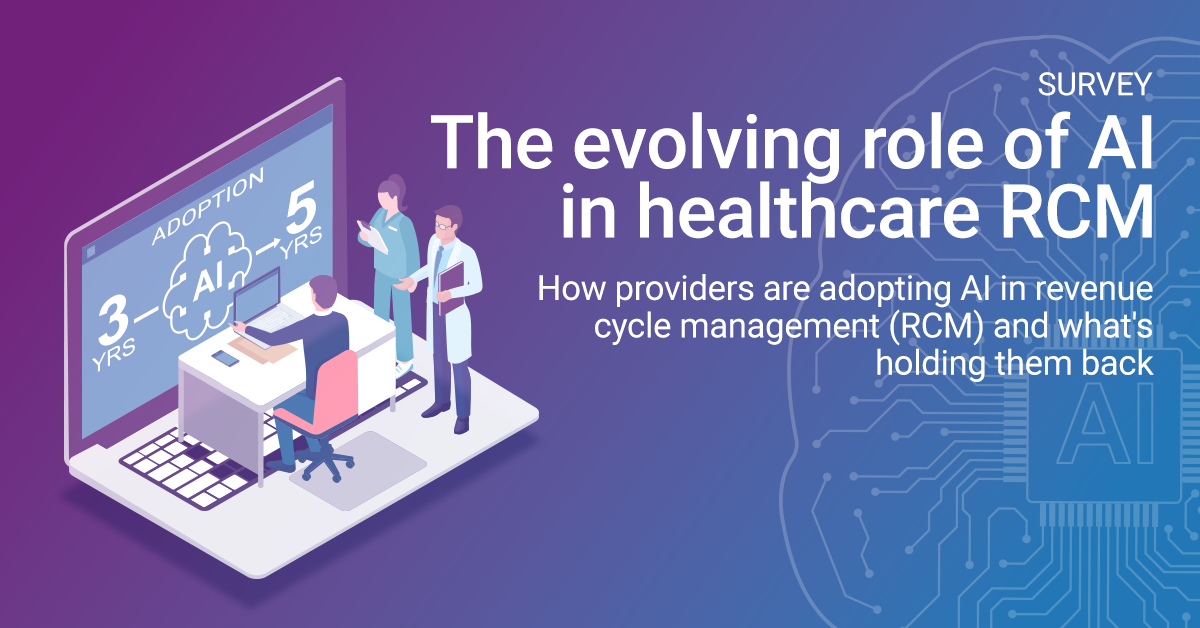How can hospitals adapt to evolving Medicaid and coverage rules?
At A Glance Hospitals that treat Medicaid patients should update their eligibility and billing systems now to prepare for the...
AI adoption in healthcare: New survey shows providers are confident but cautious
At A Glance Nearly two-thirds of healthcare providers now use artificial intelligence (AI) in their revenue cycle management (RCM) processes,...
From manual to automated insurance eligibility verification: A game-changer for providers
At A Glance Manual insurance eligibility checks are slow, error-prone and a leading cause of claim denials. Find out how...
High Energy Meets High Performance at Experian Health’s Annual Client-Focused Summit
Experian Health’s High-Performance Summit (HPS) 2025 brought together top patient access and revenue cycle leaders to the heart of Nashville...
Infographic: The evolving role of AI in healthcare RCM
When it comes to artificial intelligence (AI) usage in the healthcare industry, adoption is steadily gaining momentum as providers explore...
Case Study: How Patient Estimates helped UTMC comply with Price Transparency Rules
“Experian Health helped us meet the compliance of the Price Transparency Rule. Without it, we would have been subject to...
Reimagining patient access: AI at the epicenter of coordinated benefits management
Healthcare claims denials are on the rise, despite more than a decade of industry-wide technological advances aimed at improving claims...
Case study: How USA Health cut manual work by 50% with automated authorizations
“We knew we needed to transform our authorization workflow processes. We were experiencing a high rate of denials due to...
How propensity-to-pay models help healthcare providers improve collections
Key takeaways: Healthcare organizations are facing growing levels of bad debt and a sharp decline in collections. Propensity-to-pay models that...
Q&A: How AI innovation is transforming healthcare revenue cycle management
Healthcare organizations are facing a perfect storm: rising claim denials, evolving payer rules, and patients expecting providers to reduce error...

















